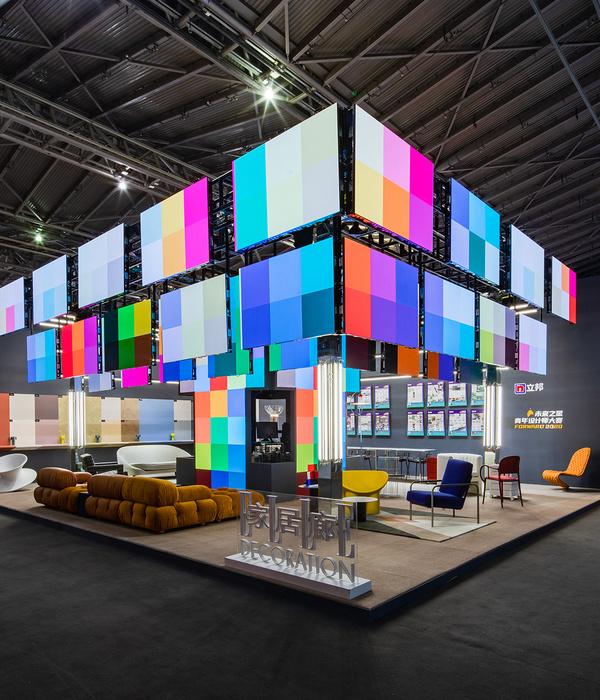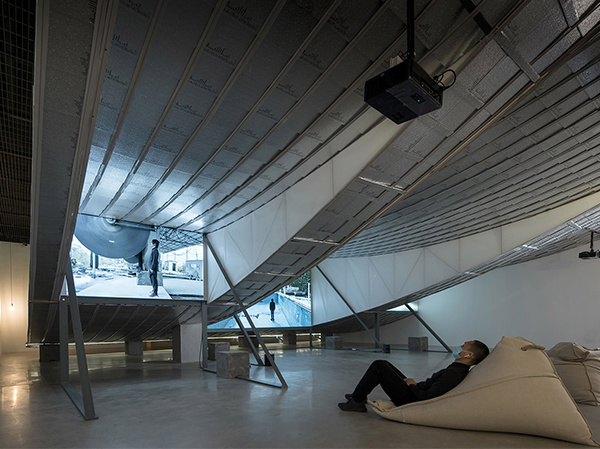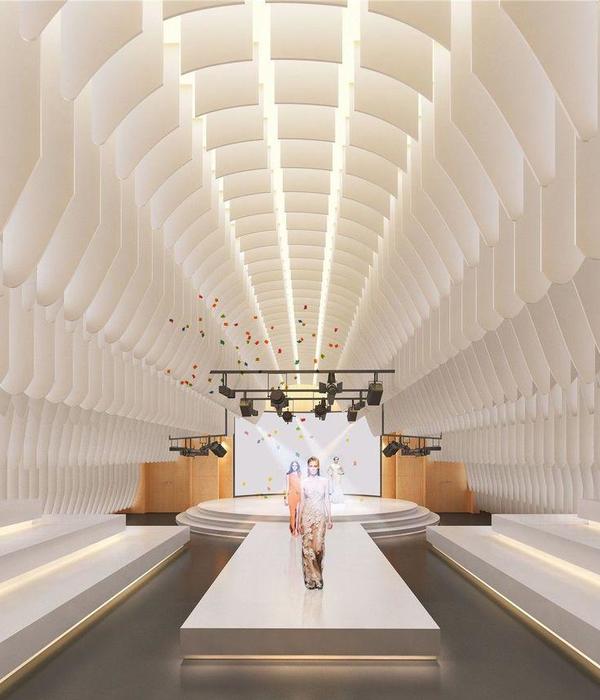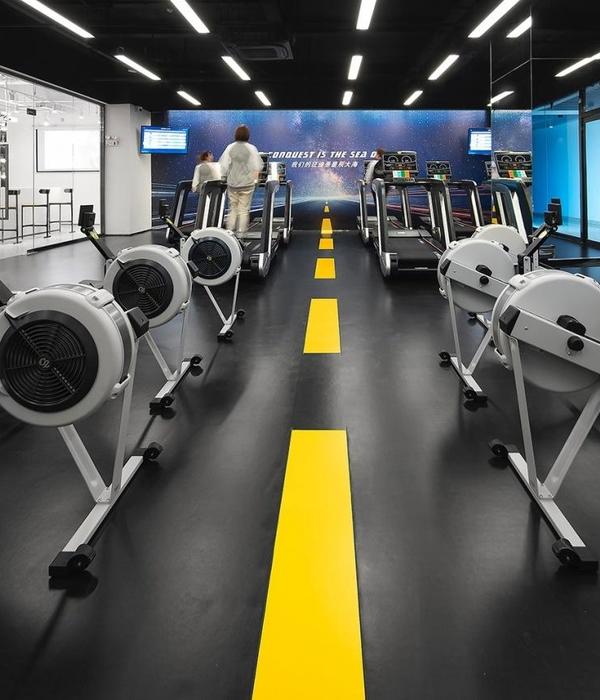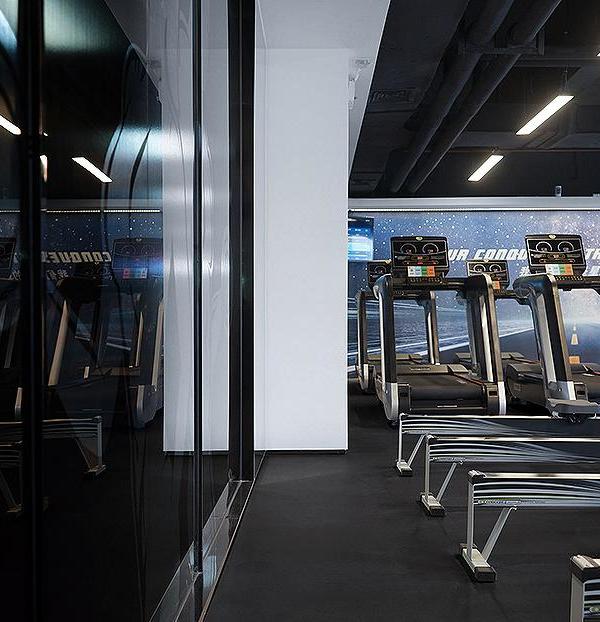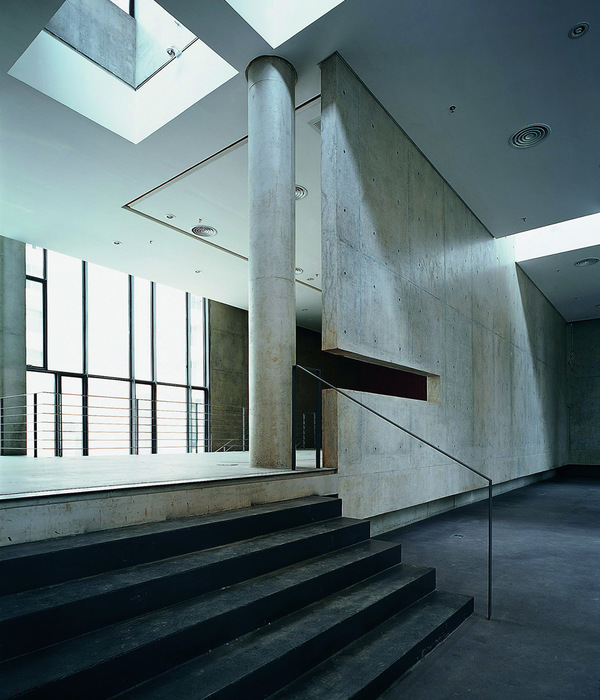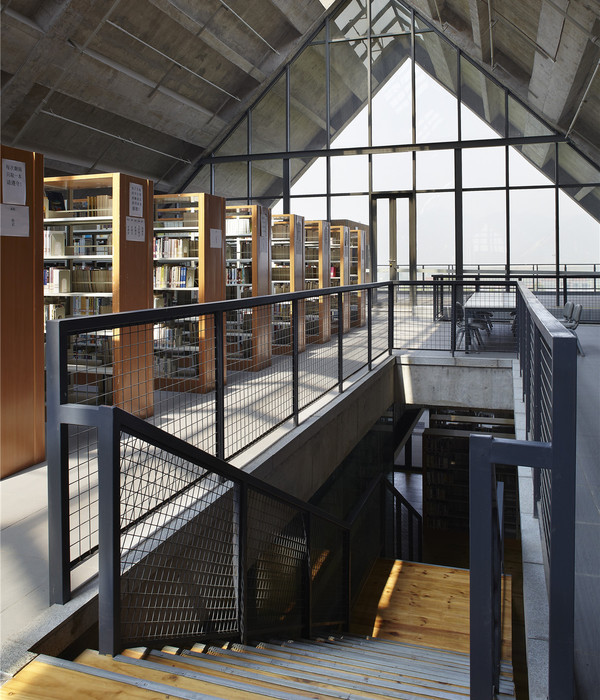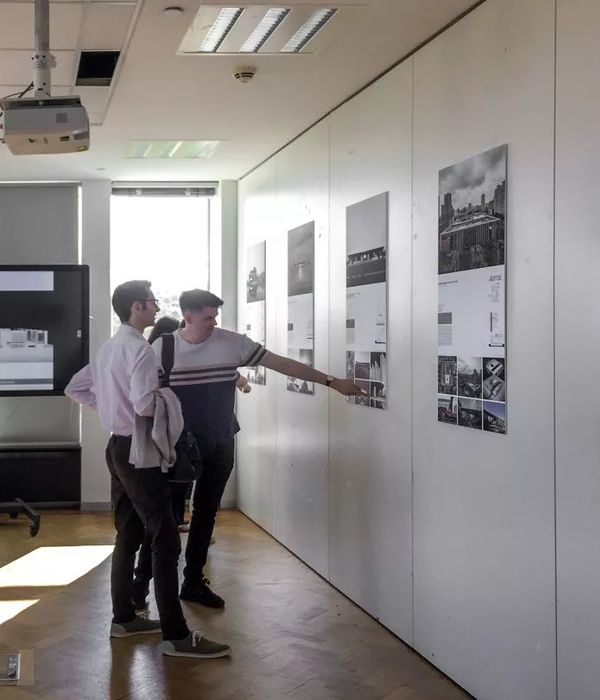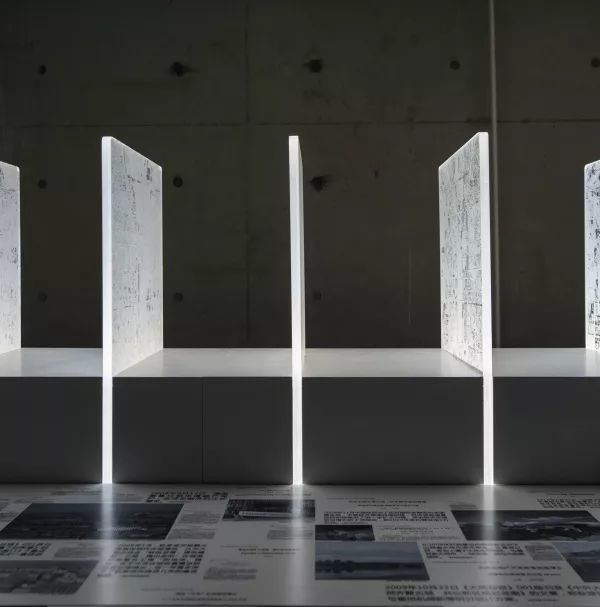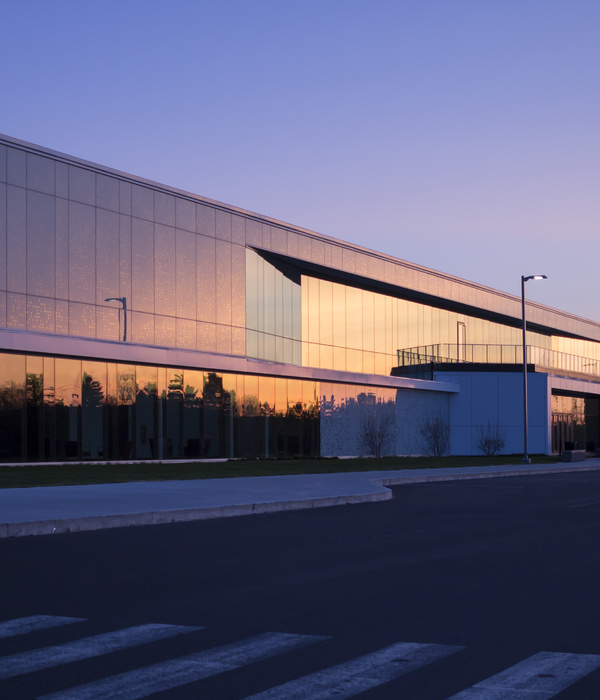LA CHASSE (the hunt)
A new body of work by John Grade
8 January through 19 February 2011
L’H du Siege and Acte de Naissance
La Chasse is an exhibition in four parts: An installation in the forest Scarpe-Escaute, a second installation at L’H du Siege, a body of drawings, and a video installation. The forest installation remained in the forest for one month and was regularly damaged by wild boar. Each day the artist repaired the damage and continued to expand the wood and string structures. The rectilinear string framework is scaled equally to the dimensions of the main gallery at L’H du Seige – roughly 100 feet x 30 feet. The installation in the gallery was inspired by the history of coal mining in northern France and the skin of the structure is made primarily with mine tailings.
A catalogue documenting La Chasse is available with English and Dutch translations.
(Translation of the catalogue text)
A SCULPTURE DISAPPEARS
‘Whoever knows the body, knows life, knows death.’
Thomas Mann, The Magic Mountain
Tackling the world’s physical nature through sculpture, making sculpture a focal point for the effects of materials, movement and light, measuring the density and the intensity of existence’s frameworks through sculpture, thinking of sculpture itself as a body, with a corruptible dimension, John Grade puts the body at the core of his work. Not only his own, but also the body of things, the body of the elements, the bodies of the animal and vegetable world, the body of architecture, the body of landscape, and, lastly, the body of the imagination.
The body of things has a weight, a texture, a pressure, a way of influencing perception and determining sensation, making it strong and singular. Sculpture characterises the monumentality of this physical presence; it enhances its thing-ness, makes it obvious and inescapable. Likewise, the artist creates a sculpture in-becoming. An existence. Temporary situations. More than this, he sets up a structure for sculpture’s possible future. He creates the conditions allowing its evolution, its transformation, its announced dissolution in such a way that its disappearance is part of its emergence.
A sculpture disappears, experiences life and death though not necessarily in that order. It can first exist as a fragile, almost ghostly shape, before blossoming into the unalterable solidity of its presence. Sculpture is usually displayed in an institution before being moved and relocated to an often remote landscape. Then begins a process of integration/disintegration that leads to a modification of both sculpture and landscape – of sculpture within landscape – which ideally ends with the fusion of the two.
For this exhibition the process was reversed, the transformation took place beforehand in the forest, during the artist’s residency. The work acted on by rain, wind and animals. The sculpture has already lived. In the gallery, the structure is shown in full; that is to say, shown as fashioned by this experience, in its positive incarnation. The piece presented by John Grade is marked by the sculpture’s experience elsewhere. Elsewhere in relation to here because the artist didn’t abandon architecture to make the forest in his studio, quite the opposite: he moved an architectural framework into the landscape, placing the structure of an architectural space in the forest. Then, in this ‘confronted’ space, that recreated the gallery’s proportions right in the middle of the grove, he built the sculpture’s skeleton with wood. This set up produced a layering of the various structures: the sculpture inside a representation of architecture, itself located within an open space. Several possible measures, infinite relationships, and, above all, disturbances, collisions and modifications.
Foreign bodies in an occupied territory, the forest – its space and time currently dedicated to hunting but previously dedicated to warcraft. The sculpture, the sculptor and the representation of the gallery space absorb the place’s atmosphere, experience its reality and are marked by accidents caused by man and nature. Day after day, whatever the weather, working in different conditions, the artist recorded the materiality of this territory. He captured the sounds, the images and inspected the damage. He felt all the interactions at play in this newly set up space. Yet his videos, photographs and drawings highlight the fact that this space isn’t simply full of all these presences; it defines a singular environment – a climate. It’s a composed environment, fashioned by reality but also by the imaginary, by tricks, projections and openings onto the before and the after of the experience itself.
The work shown in the gallery isn’t a recreation of this experience. It isn’t about describing it, reporting or documenting it, it is about shifting its reality, transferring it to the gallery space, in order to highlight its thing-ness again. This piece is a new state of the sculpture, one that the viewer can now experience. With the construction, but also with images and drawings, the artist exhibits various states of the sculpture in which the ambiance, the physical density of the material, of the light, and their sensorial dimension, override the shape’s outline and its integrity. Not a shape-as-object but a shape-as-texture, perhaps even a shape-as-event able to produce new contexts and new situations.
In order to fabricate a shape-in-becoming the artist acts, but he also lets go. He is aware of the fact that what matters are the agents as a whole – that what matters and is constructive is the ensemble, the action of the bodies, of the events, of the elements. To move the sculpture from an artistic place to a remote landscape is to integrate it into a trajectory, to give it enough momentum to reach another spatiality and another temporality. It’s also to link the sculpture to various bodies, the time of the movement, and to bind the bodies together with sculpture. In the 1970’s, Richard Deacon realised a performance in which he and others moved a sculpture whose different parts were linked by a rope onto the street – the group allowed the move, but it was the individual who, through the action, found his own place within the public space. That sculpture was built to echo the sentence ‘I don’t want to be alone anymore’. Thus during the move, men and sculpture accompanied each other.
When John Grade decided to leave a sculpture on the top of a mountain, he isolated it, put it out of reach of any human presence. He gave it away to the landscape. He was aware of nature’s indifference and knew how productive it could be, generating a multitude of effects – and he knew how much the effect of its forces can leave a trace on matter. In Description of a Landscape, Herman Hesse, noting that ‘nature isn’t sentimental’, feels landscape’s extreme indifference: ‘[…] the mountains answered my greeting with this calm, harsh and somewhat mocking placidity with which nature always welcomes us, us men, the most talented and the most lost of all its children.’
The artist knew that, in this wild isolation, many reactions would follow that would be missed by the viewer. At the same time he knew that, being kept away from the core of the event would allow the viewer to picture it better. Would allow them to imagine the degree of resistance of the sculpture facing nature, to imagine, via transposition, the fight of a body amid a hostile landscape: how long could it remain standing? How could it keep track of space and time?
When Hans Castorp – the main character in Thomas Mann’s The Magic Mountain – experienced a snow storm, its violence both made him lose his bearings and plunged him into another reality, into a universe where mountain and sea merged into one, a place where enchanting and nightmarish visions collided. John Grade’s sculpture’s changing states don’t only open the field of vision. They also – and perhaps more importantly – allow visions to emerge. The constant confrontation of places, universes and materials, their visible and invisible repercussions on the sculpture itself, yield a pool of potential images, a reservoir of possible projections. Sculpture lives and dies, but between life and death, it has different stages, nuances and infinite variations allowing the viewer to occupy a place in it, either physically or mentally.
Célia Charvet
Translation: Coline Milliard
{{item.text_origin}}

